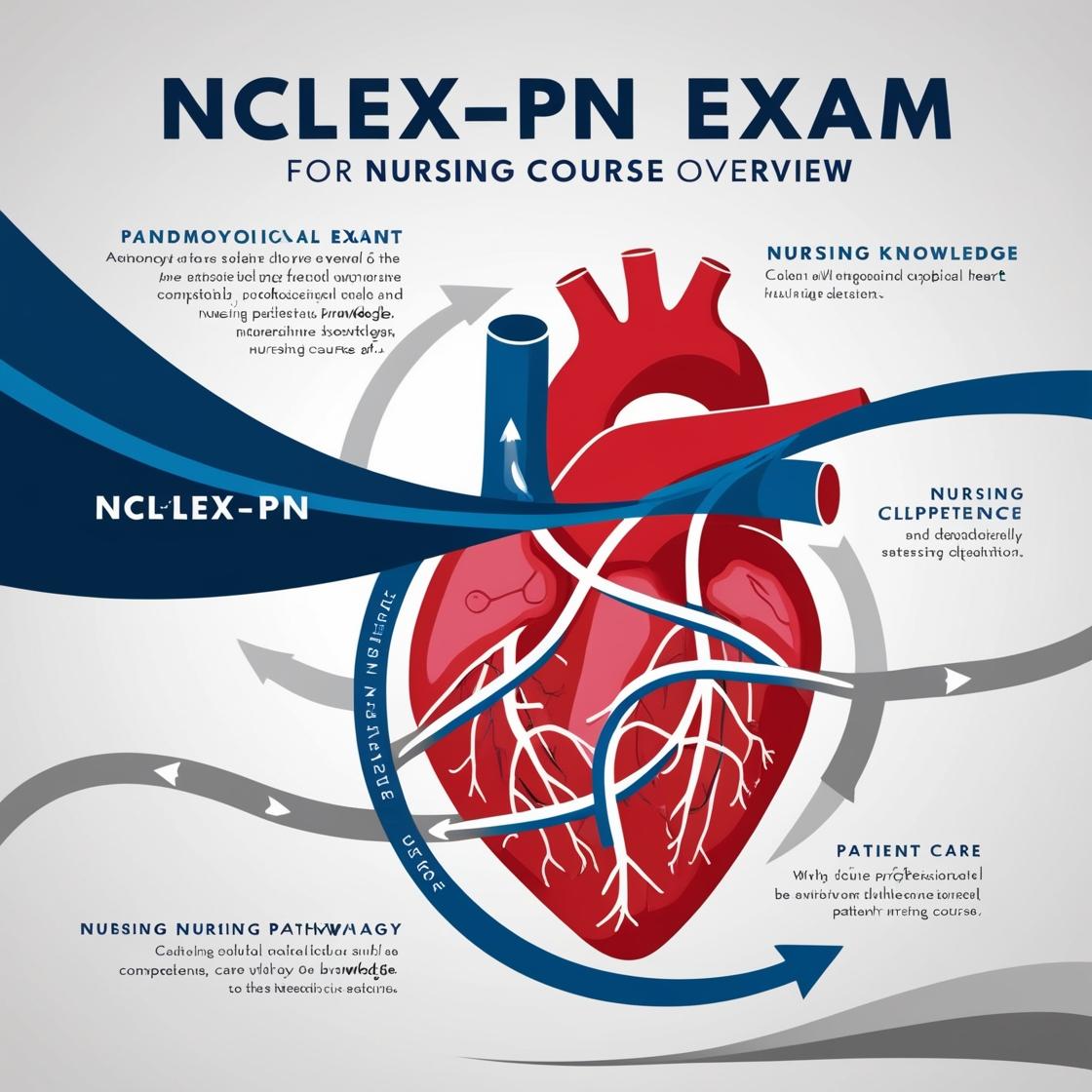NCLEX-PN
Quizlet NCLEX PN 2023
1. A 28-year-old male has a diagnosis of AIDS. The patient has had a two-year history of AIDS. The most likely cognitive deficits include which of the following?
- A. Disorientation
- B. Sensory changes
- C. Inability to produce sound
- D. Hearing deficits
Correct answer: A
Rationale: In individuals with AIDS, cognitive deficits commonly manifest as confusion and disorientation, making choice A, 'Disorientation,' the correct answer. Sensory changes (choice B) and hearing deficits (choice D) are more related to sensory processing rather than cognitive impairment. 'Inability to produce sound' (choice C) is more indicative of a speech or language deficit rather than a cognitive impairment typically seen in AIDS patients.
2. What is the best lab test to diagnose disseminated intravascular coagulation (DIC)?
- A. platelet count
- B. prothrombin time (PT)
- C. partial thromboplastin time (PTT)
- D. D-dimer
Correct answer: D
Rationale: The best lab test to diagnose disseminated intravascular coagulation (DIC) is the D-dimer test. In DIC, numerous small clots form throughout the body and are rapidly broken down. D-dimer measures a specific fibrin split product and is the most specific test for DIC. Platelet count (Choice A) is decreased in DIC due to consumption, but it is not specific for diagnosing DIC. Prothrombin time (PT - Choice B) and partial thromboplastin time (PTT - Choice C) are both elevated in DIC because clotting factors have been used up, but they are not specific for DIC as they can be elevated in other conditions as well.
3. A nurse is instructing a patient on the order of sensations with the application of an ice water bath for a swollen right ankle. Which of the following is the correct order of sensations experienced with an ice water bath?
- A. cold, burning, aching, and numbness
- B. burning, aching, cold, and numbness
- C. aching, cold, burning, and numbness
- D. cold, aching, burning, and numbness
Correct answer: A
Rationale: The correct order of sensations experienced with an ice water bath is cold, burning, aching, and numbness, as stated by the acronym CBAN (cold, burn, ache, numbness). Option A is the correct sequence. Choice B is incorrect as it starts with burning, which typically follows the cold sensation. Choice C is incorrect as aching is usually felt after the burning sensation. Choice D is incorrect as aching usually occurs after the burning sensation.
4. A client with sickle cell disease is worried about passing the disease on to children. Which of the following statements by the PN is most appropriate for this client?
- A. "You should discuss the inheritance risk with your physician."?
- B. "Sickle cell disease is genetically based and might be passed on to children."?
- C. "Sickle cell disease is genetically based and is not passed on to children."?
- D. "Sickle cell disease is caused by an infection and cannot be passed on to children."?
Correct answer: B
Rationale: A client with sickle cell disease has a genetic condition that can be passed on to their offspring. The most appropriate statement for the PN to provide is to acknowledge this fact and inform the client that sickle cell disease is genetically based and might be passed on to children. This empowers the client with accurate information. Choice A has been refined to emphasize discussing the inheritance risk, making it a better option than the vague original choice. Choices C and D provide incorrect information. Sickle cell disease is indeed genetically based and can be inherited.
5. When caring for a client with a possible diagnosis of placenta previa, which of the following admission procedures should the nurse omit?
- A. perineal shave
- B. enema
- C. urine specimen collection
- D. blood specimen collection
Correct answer: B
Rationale: The correct answer is 'enema.' Administering an enema to a client with placenta previa can dislodge the placenta, leading to an increased risk of bleeding and complications. It is crucial to avoid any interventions that may disrupt the placenta's positioning. Collecting urine and blood specimens are necessary for diagnostic purposes and monitoring, while a perineal shave is a routine procedure that does not pose a risk to the client with placenta previa.
Similar Questions

Access More Features
NCLEX PN Basic
$69.99/ 30 days
- 5,000 Questions with answers
- Comprehensive NCLEX coverage
- 30 days access @ $69.99
NCLEX PN Premium
$149.99/ 90 days
- 5,000 Questions with answers
- Comprehensive NCLEX coverage
- 30 days access @ $149.99
